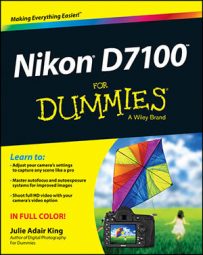To help you get started using your D7100 camera, here's a handy reference to your camera's buttons and dials and automatic and advanced exposure modes.
Controls on the Nikon D7100
If you’re not familiar with the Nikon D7100, here’s a quick guide to its buttons, dials, and other external controls. The D7100 kit is sold with the lens shown, the Nikkor 18–105mm AF-S DX model. Other lenses may not have the same controls.
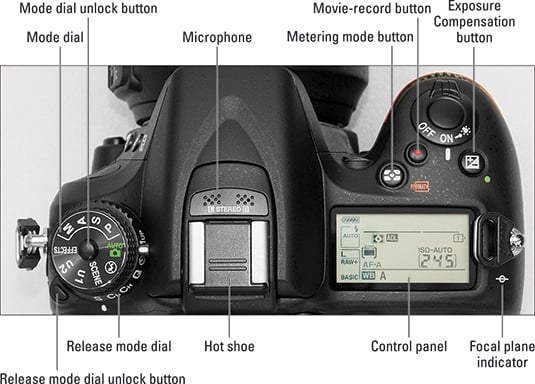
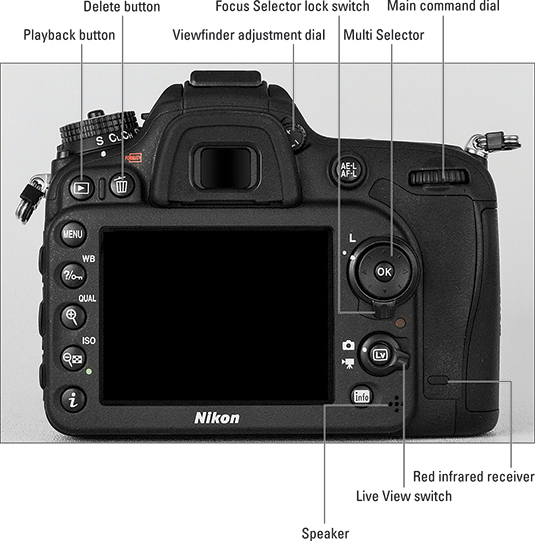
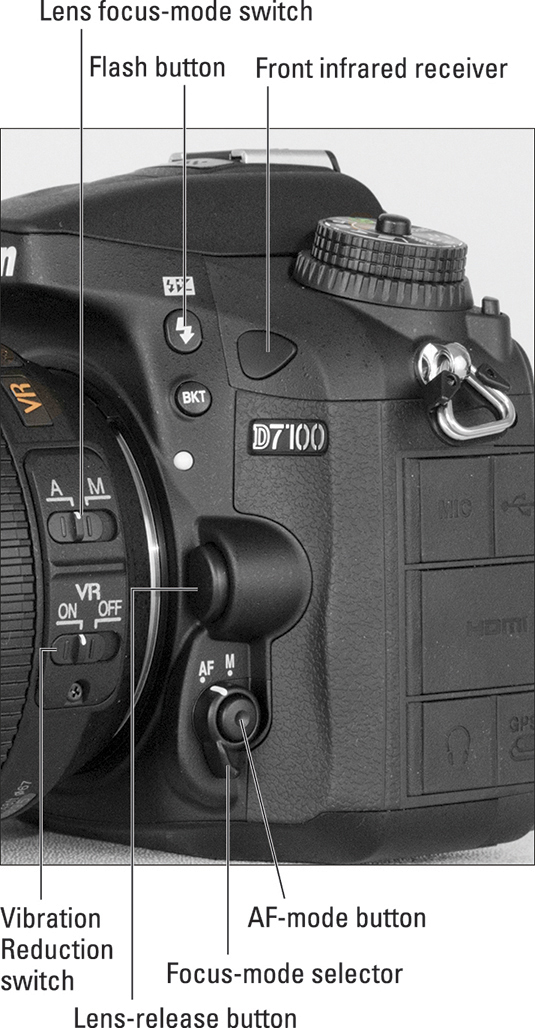
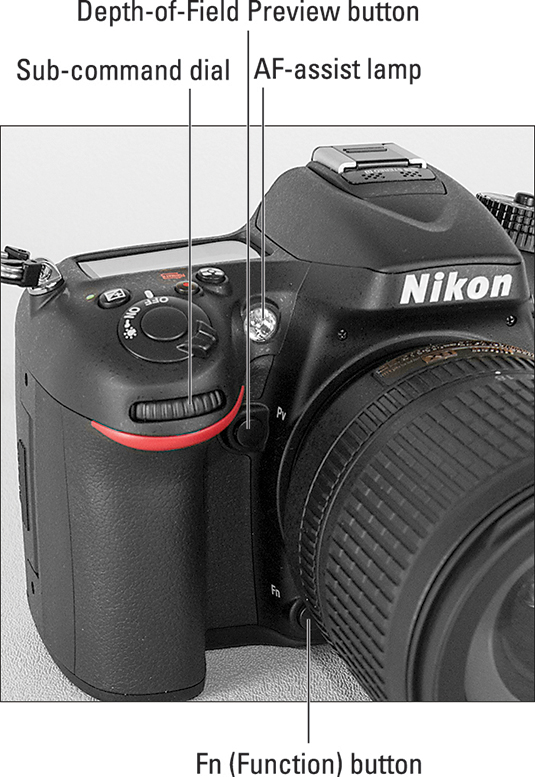
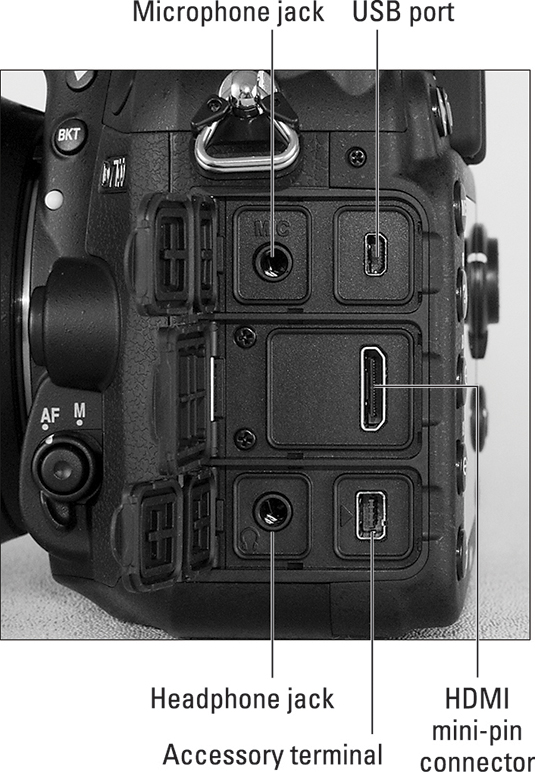
Automatic exposure modes
For people new to digital SLR cameras, the Nikon D7100 offers automatic settings that enable point-and-shoot photography. To access modes other than Auto and Auto Flash Off, set the Mode dial to Scene. The monitor then displays a list of the available Scene modes; the ones listed here represent those you’ll find handy on the most regular basis.
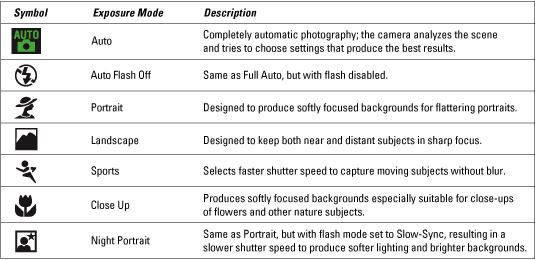
Advanced exposure modes
To really take creative control with your Nikon D7100 digital camera, step up to one of these exposure modes, which enable you to adjust aperture (f-stop) to manipulate depth of field and to adjust shutter speed to determine whether moving objects appear sharply focused or blurry. You also gain access to some features not available in the fully automatic modes, such as the option to adjust flash power and tweak white balance.
| Symbol | Exposure Mode | Description |
|---|---|---|
| P | Programmed Autoexposure | The camera selects both the f-stop and shutter speed to ensure proper exposure, but you can choose from multiple combinations of the two settings. |
| A | Aperture-priority Autoexposure | You set aperture by rotating the Sub-command dial; the camera selects the shutter speed needed to produce a good exposure at that aperture. |
| S | Shutter-priority Autoexposure | You set the shutter speed by rotating the Main command dial; the camera selects the f-stop that will produce a good exposure at your chosen shutter speed. |
| M | Manual Exposure | You control both the shutter speed and f-stop; rotate the Main command dial to set shutter speed, and use the Sub-command dial to set the f-stop. |
| U1 and U2 | User Modes | Create custom exposure modes through the Setup menu. |

